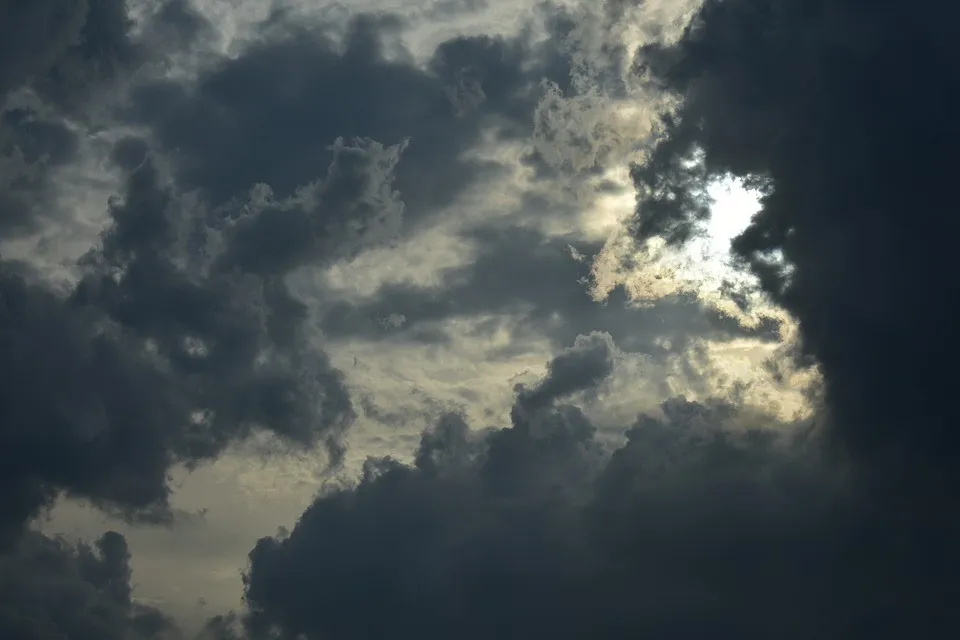Observations on observers

With hundreds of climate scientists meeting in Melbourne this week for the Australian Meteorological and Oceanographic Society conference, it is worth reflecting that climate research owes a great debt to voluntary weather observers who, through their careful documentation of weather, have provided data to describe and understand our climate over the past 150 years. And they have faced some unique difficulties, including dingoes, eagles, and a pet lamb.
(Adapted from Holper, P.N. and Torok, S.J (2008), Climate Change:What you can do about it, 185 pp., CSIRO Publishing and Pan Macmillan Australia.)
The Australian Bureau of Meteorology has relied on a range of observers, including post office staff, prison wardens, lighthouse keepers, army personnel, farmers, missionaries, pastoral station managers, school teachers and mining company employees, as well as Bureau staff from across the country, including the surrounding islands and Antarctica.
The overwhelming majority of observations are reliable and accurate. However, observations are not always worthy of being accepted into the Australian climate record. The Bureau of Meteorology’s archived correspondence between its Head Office in Melbourne and observational outposts around the country reveals some insights into the need for quality control.
Thermometers should be protected in a louvered box called a Stevenson Screen, named after its inventor (and author Robert Louis Stevenson’s father), Thomas Stevenson. However, there have been inconsistencies in this exposure. Bureau records include reports of thermometers hanging under a gum tree, under a galvanised iron verandah, against a stone wall, and on a balcony seven metres above the ground. Instruments were on one occasion even inside an observer’s house – presumably to make it more convenient for reading.
Stevenson Screens must be painted white and correctly exposed over suitable ground, but Bureau investigators have found them painted cream, brown, green, silver, or not at all. The screens must also be clear of obstructions, and not, as the records reveal, with pumpkins growing beneath them, with cows, goats and other stock grazing around them, or laundry hanging above them to dry.
Australian weather observers faced some unique difficulties. For example, a dingo stole a thermometer that an observer had read after slaughtering farm animals (the Bureau advised the observer to wash his hands before making the observations in future) and cockatoos and crows also liked to steal these shiny objects. Horses have knocked down Stevenson Screens and, more recently, cars and trucks have done the same. One screen contained a football. Termites have wreaked havoc, birds have entered screens and, in one case, an eagle destroyed a Stevenson Screen when it flew into the side of it.
But the problems have not always been with the instruments. One letter from the Bureau asks an observer (presumably someone lacking in height) to make the observations while standing on a box, to ensure he avoided introducing parallax error. An observer, not able to make observations at the correct time due to work commitments, “helpfully” estimated the temperatures later in the day, while the Bureau caught another observer sending an entire month of entries in advance, so he could have a holiday.
Once recorded, measurements have been destroyed by fire, or in one case eaten by a pet lamb. One observer cut the telegraph lines to prevent his neighbour reporting observations during an outback feud regarding who was to have the privilege of taking the weather measurements.
Once recorded, measurements have been destroyed by fire, or in one case eaten by a pet lamb. One observer cut the telegraph lines to prevent his neighbour reporting observations during an outback feud regarding who was to have the privilege of taking the weather measurements.
Author:
Date Posted:
February 9, 2016
